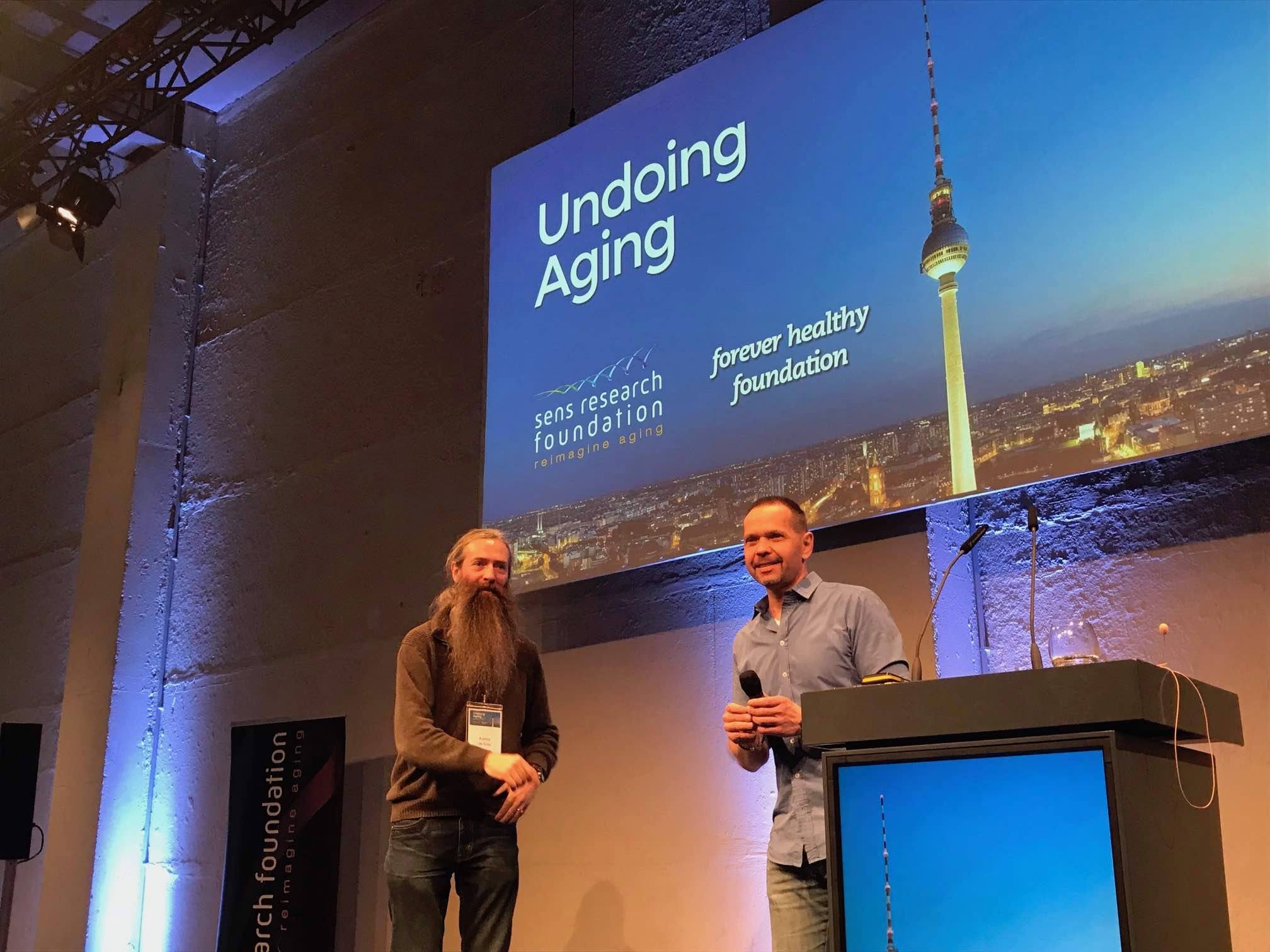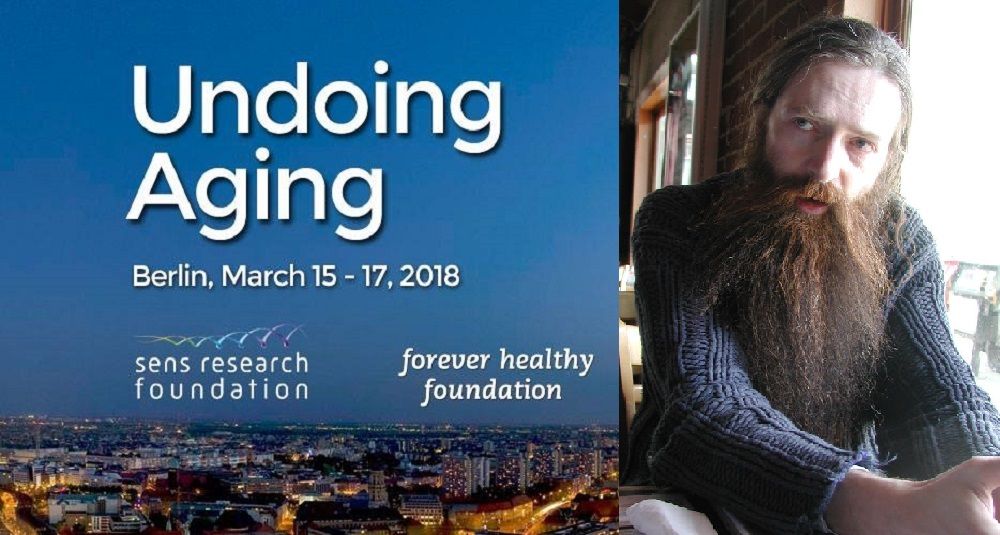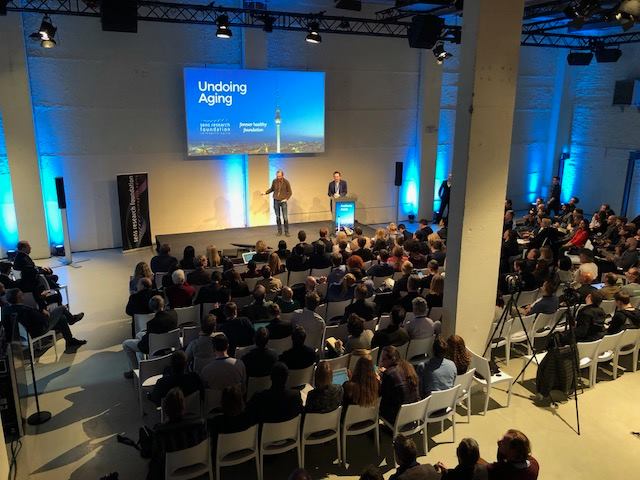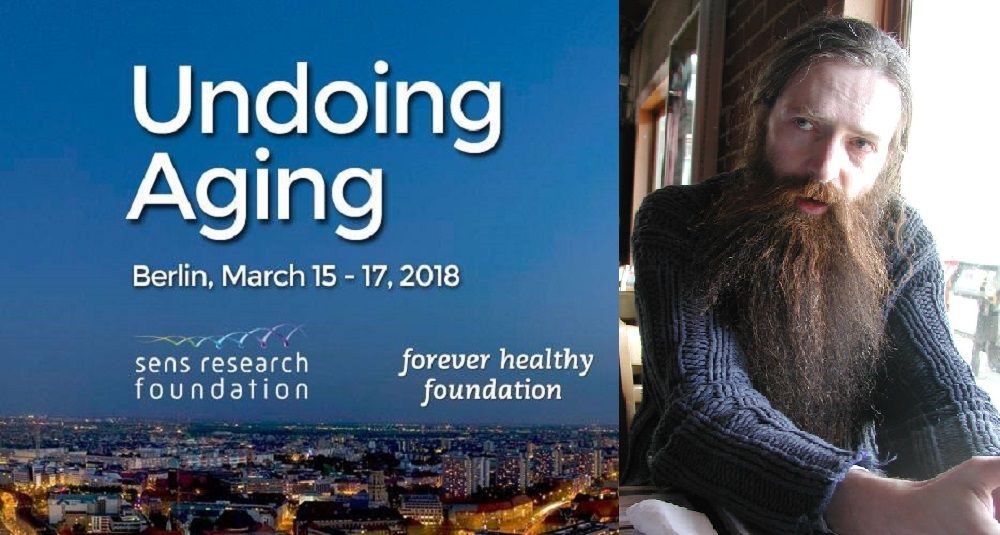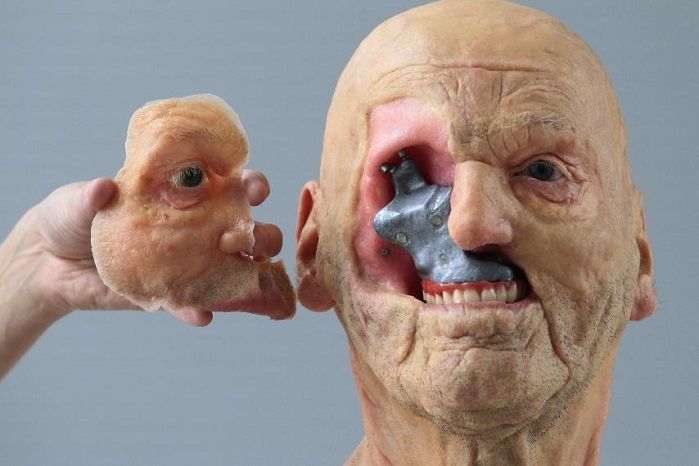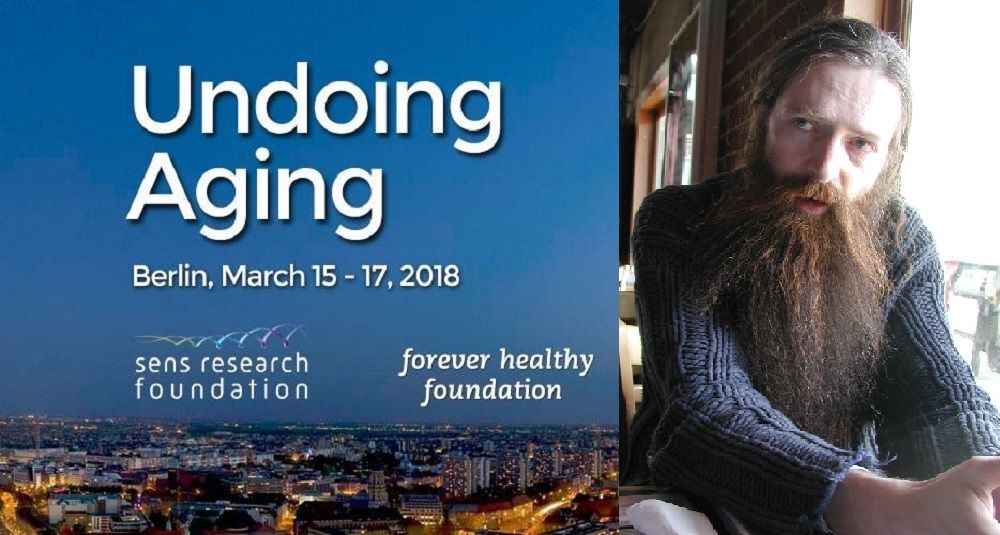Summary: In a medical first, UT Dallas researchers just found a way to paint a bullseye target on cancer stem cells, the source of tumor metastases which spread through the body to cause 90% of all cancer deaths. [This article first appeared on LongevityFacts. Author: Brady Hartman. ]
Researchers with the University of Texas at Dallas just found a way to isolate and tag cancer stem cells, the chief culprit involved in cancer spreading to other parts of the body – the cause of 90% of all cancer deaths.
While they haven’t developed drugs that eliminate these aggressive cancer cells, they can paint a bright bullseye on their elusive target, making it easier to kill cancer stem cells.


